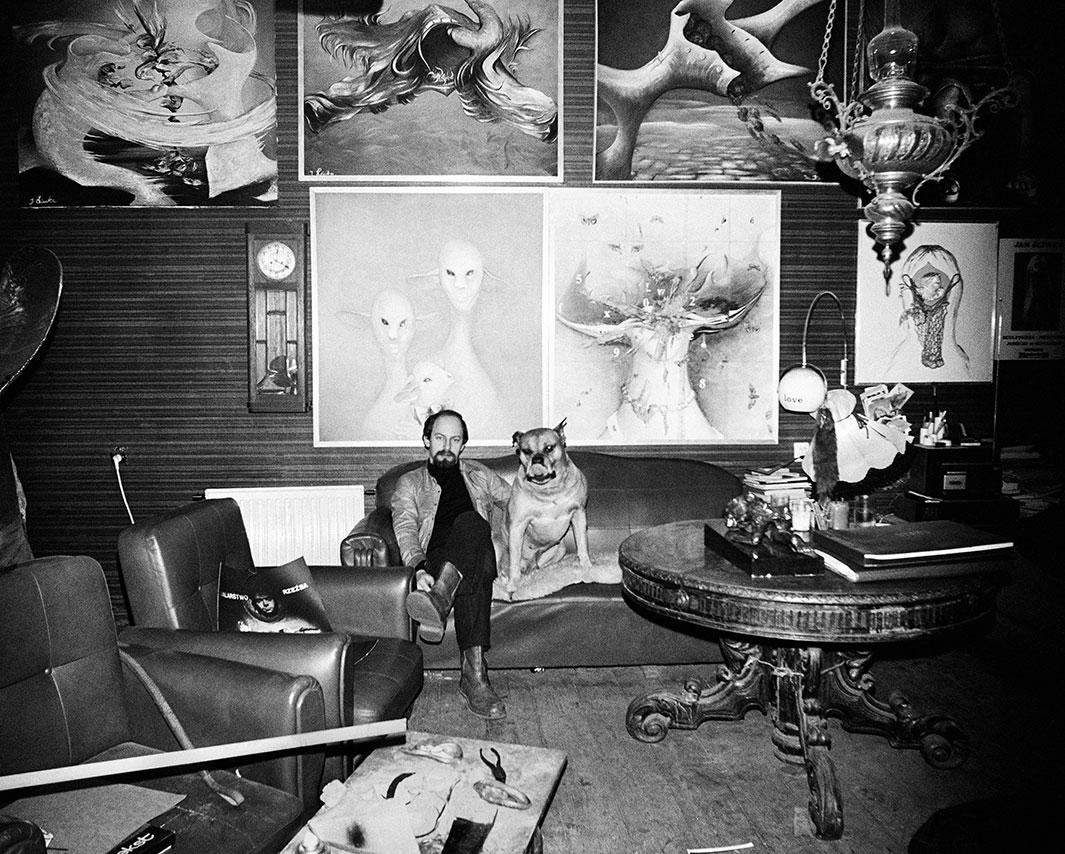Who hasn’t peeked into an apartment as a neighbor exits, allowing for a quick glimpse inside as the door closes? Or gone to a local open house to investigate a home you might have passed hundreds of times but never knew what was inside? A friend of mine told me that she and her mother used to walk around their neighborhood in the evening when the darkening sky and illuminated picture windows made it easier to see what was inside.
Operating under a much less creepy method, Polish photographer Zofia Rydet spent two decades photographing the interior of Polish homes for a series titled “Sociological Record.” It’s an ambitious body of work that includes roughly 20,000 homes, made even more ambitious because the photographer began the work when she was 67.

Zofia Rydet, courtesy of Zofia Rydet Foundation
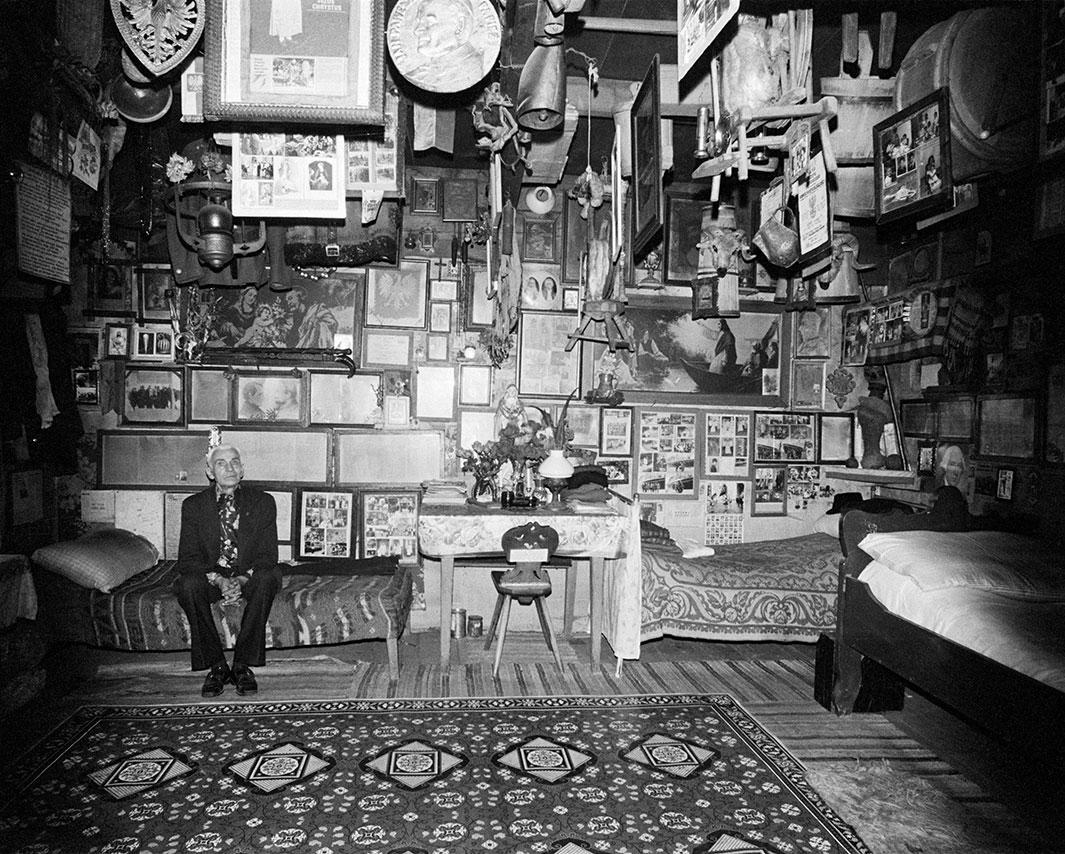
Zofia Rydet, courtesy of Zofia Rydet Foundation

Zofia Rydet, courtesy of Zofia Rydet Foundation
The idea for the project took root when Rydet visited an office filled with cubicles in Jelcz, Poland. Fascinated by the employees’ working spaces that were decorated with newspaper clippings, personal photographs, religious images, and even erotic posters, Rydet began to question the ways in which we as a collective people define our private spaces.
The project took her to more than 100 villages and cities in the Polish regions of Podhale, Upper Silesia, and Suwalki. Eventually she also took photographs around Europe and in New York.
When asked how she approached the project, Rydet answered quite simply: “I knock on the door, I say ‘hello,’ and I shake hands.” From there, she would take a look around and compliment the owner about an object she found beautiful.
“The house … is a reflection of the society, civilization, and culture, from which it originates, there are no two similar people or two similar houses,” Rydet was quoted as saying in the press materials for the exhibition “Zofia Rydet. Record, 1978–1990,” on view at the Museum of Modern Art in Warsaw until Jan. 10.
While working on the series, Rydet allowed herself to be persuaded by her own whims. She staged many of the interiors herself and chose to photograph them in front of the wall that most interested her; one of the most consistent items in the homes was a portrait of Pope John Paul II.
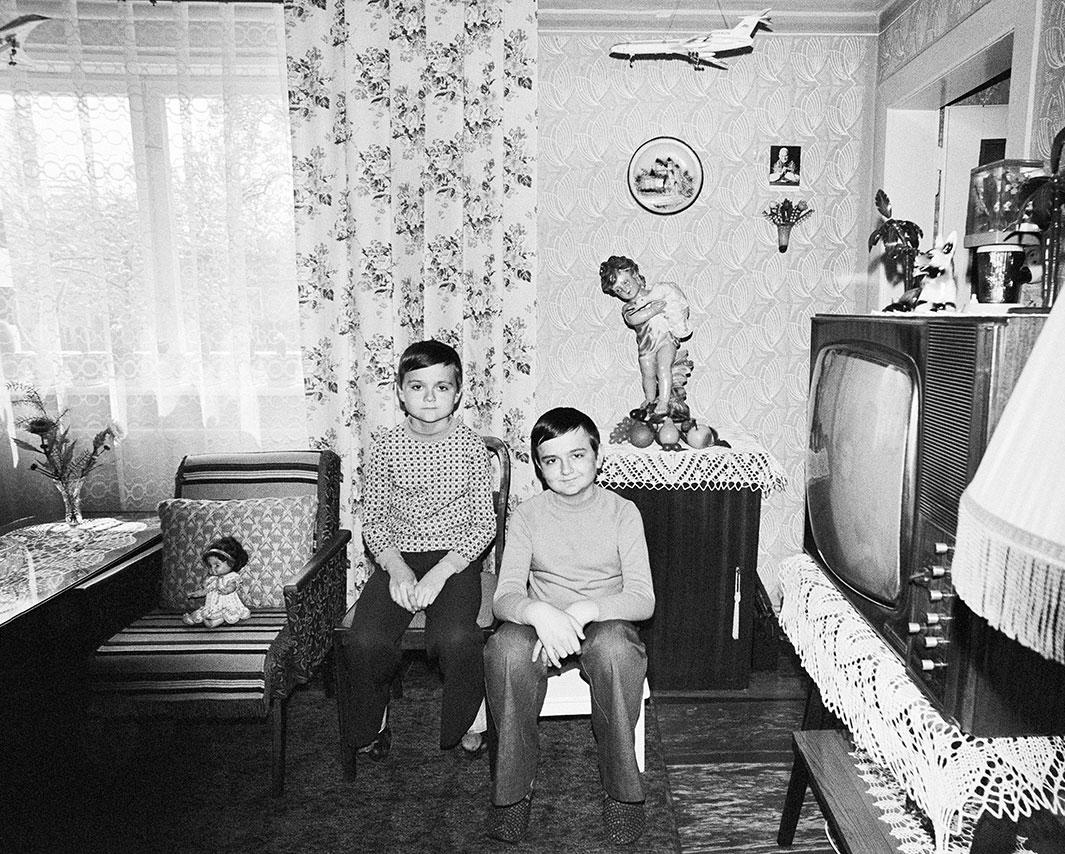
Zofia Rydet, courtesy of Zofia Rydet Foundation
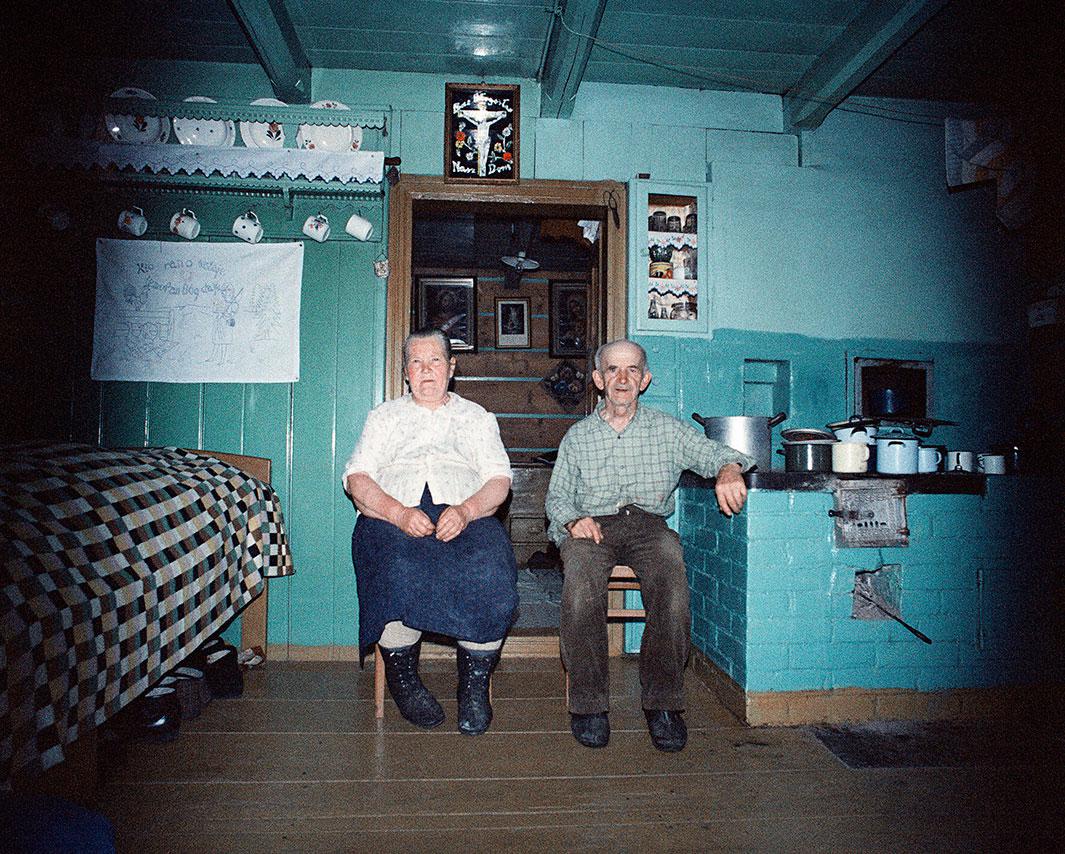
Zofia Rydet, courtesy of Zofia Rydet Foundation
Most of the images were shot with a wide-angle lens and a very strong flash that brought out a lot of detail. It’s not as subtle as glancing into a neighbor’s window illuminated by a few floor lamps, but looking through the catalog of images is highly addictive. They are from another time and another place but the common threads of what we choose to display in our living spaces, whether to shape our identities, or because for whatever reason we choose not to throw something away, is evident in the collection; it is highly relatable.
Time eventually caught up with Rydet before she could finish the work, although it’s hard to say whether the work could ever actually be completed, given the scope of what she set out to do. It gave her a purpose, a way to meet and see how other people live while working on a craft that meant so much to her.
“The older I get, the more I value my passion I call photography,” she said. “I couldn’t imagine an idle sort of old age. I don’t understand people who only think about their aches and pains or the dangers they face. I’m lucky I can take pictures. Photography gives me the chance to stop time and overcome the specter of death. The simplest, most ordinary documentary picture becomes a great truth about human fate, and this is my constant struggle with death, with the passing of time.”

Zofia Rydet, courtesy of Zofia Rydet Foundation
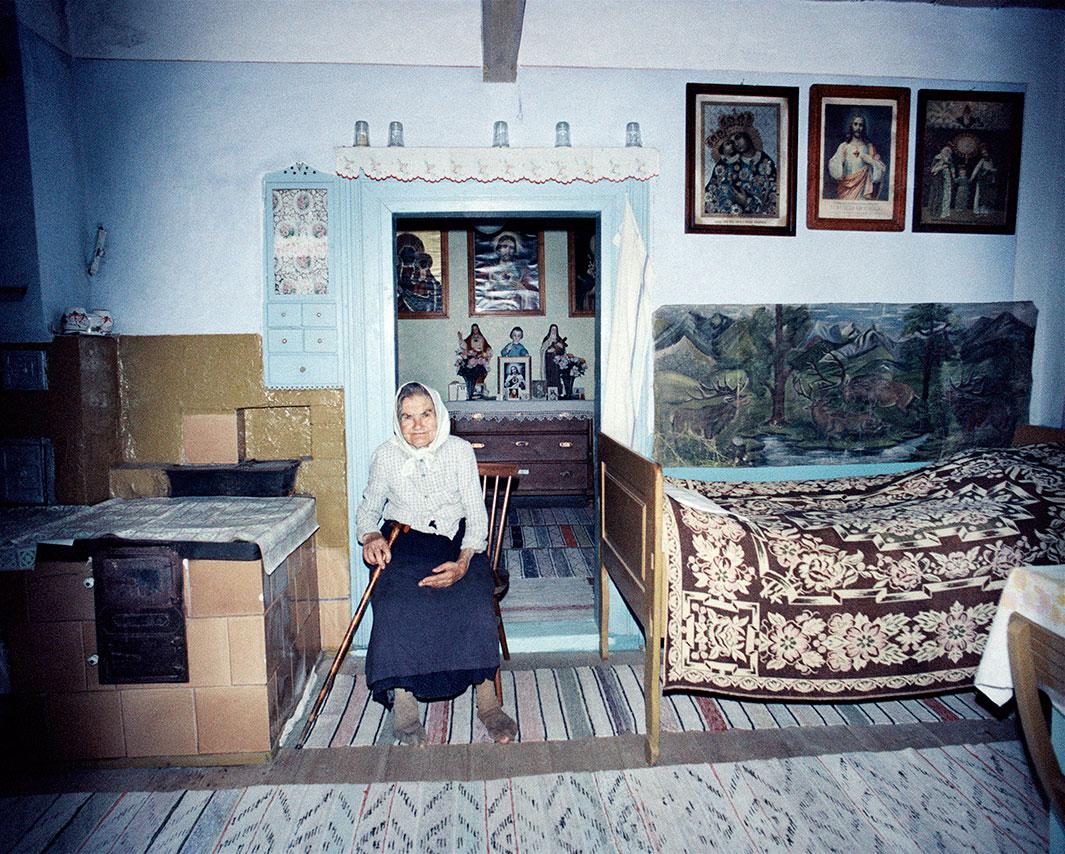
Zofia Rydet, courtesy of Zofia Rydet Foundation
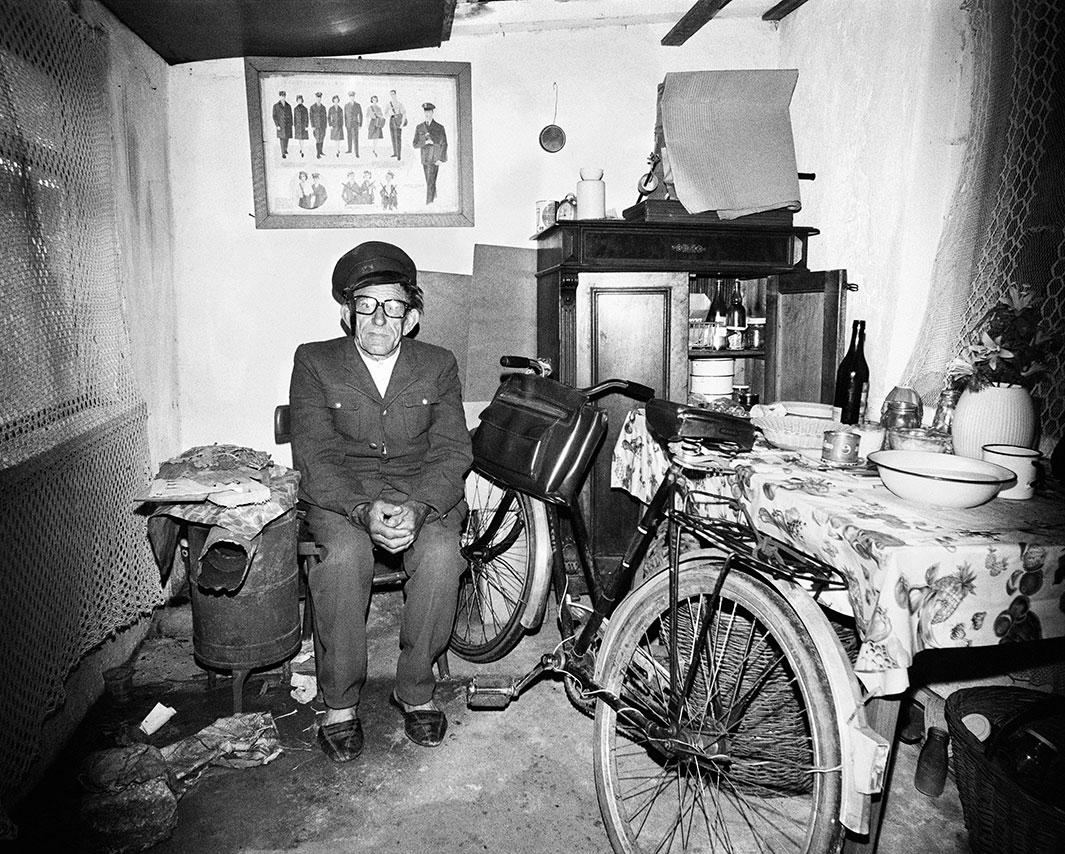
Zofia Rydet, courtesy of Zofia Rydet Foundation
